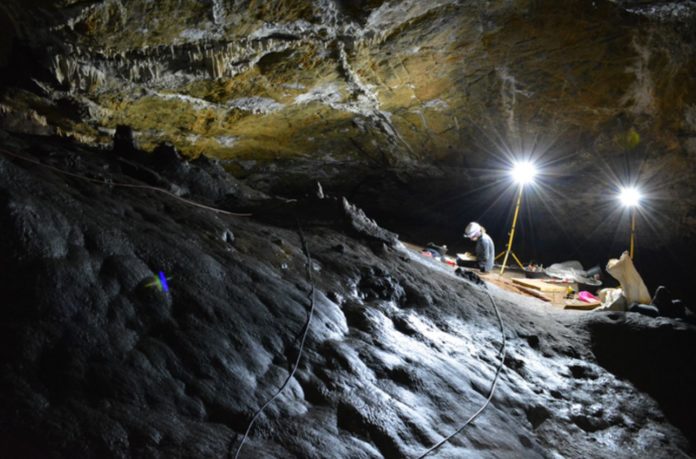Cueva de Ardales near Ma’laga, Spain, is the most important cave in southern Iberia for Palaeolithic rock art. The cave sits near the village of Ardales, on the Cerro de la Calinoria mountain range, at 565 meters above sea level and about 50 kilometers north of the Mediterranean coast.
It was discovered in 1821, when an earthquake revealed a cave opening that had previously been hidden by colluvial sediments. The cave was exposed to local visitors in 1852, but Henri Breuil did not recognize the Palaeolithic rock painting until 1918.
The cave received no additional scholarly interest in the decades after that. In 1990, the research was continued, and a complete inventory of the cave’s rock art was completed.
The Cueva de Ardales is known for housing over 1,000 prehistoric paintings and carvings, as well as objects and human remains. The nature of human use of this cave, on the other hand, is not fully understood. The authors of this paper discuss the findings of the cave’s first digs, which provide insight into the history of human civilization in the Iberian Peninsula.
According to a study published today in the open-access journal PLOS ONE by José Ramos-Muoz of the University of Cadiz, Spain, and colleagues, prehistoric humans inhabited a cave in southern Spain as a canvas for artwork and as a burial place for over 50,000 years.
Analyses of skeletal remains and other items found in the cave, in conjunction with radiometric dating, show that the earliest people to live there over 65,000 years ago were probably Neanderthals. Modern humans arrived later, around 35,000 years ago, and occupied the cave on a periodic basis until the Copper Age began. The cave’s oldest rock art includes abstract signs like dots, fingertips, and hand stencils made of red pigment, while subsequent artwork depicts figurative paintings like animals. Human remains indicate that the cave was used as a burial site during the Holocene, although there is little evidence of domestic activities, implying that humans did not live in the cave.
These findings support Cueva de Ardales’ status as a significant symbolic place. This site provides an astonishing history of human activity in Spain, and it, along with other similar sites – there are over 30 caves in the region with similar paintings – makes the Iberian Peninsula a crucial location for researching the deep history of European culture.
“Our research presents a well-stratified series of more than 50 radiometric dates in Cueva de Ardales that confirm the antiquity of Palaeolithic art from over 58,000 years ago,” the researchers note. “It also confirms that the cave was a place of special activities linked to art, as numerous fragments of ochre were discovered in the Middle Palaeolithic levels.”
Image Credit: Getty
You were reading: New Research Says Spain’s Famous Rock Art Cave Is Over 65,000-yr-old
